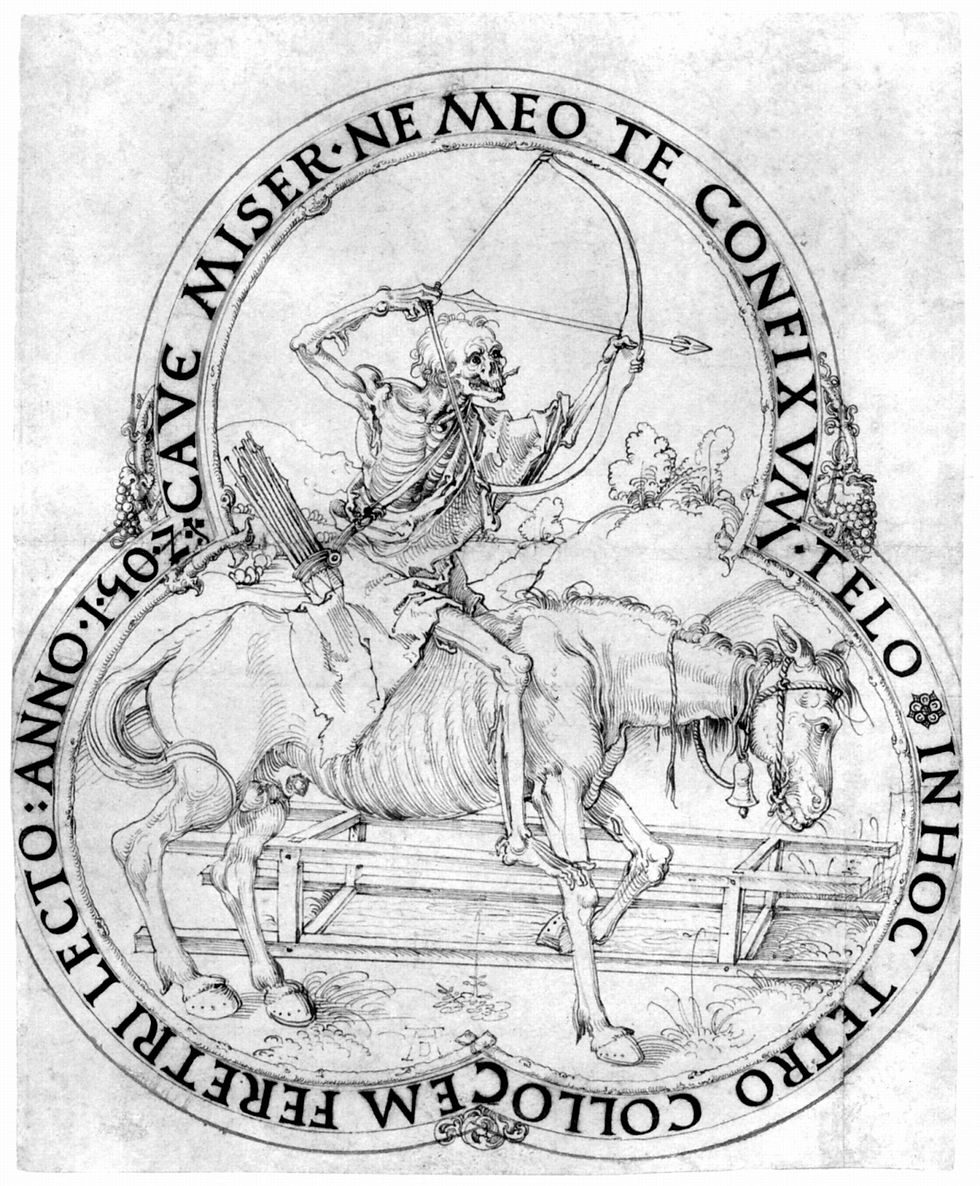"Katharine of Aragon’s Homeland Experiences the Castilian Grain Crisis" by Heather R. Darsie, J. D.
- Heather R Darsie

- May 12
- 3 min read

Katharine of Aragon spent an agonising seven years in England waiting for her future to find her. Although it was surely a depressing, demoralising time, going back to Spain might have been more dangerous for Katharine. Things were not safe and secure as the Iberian peninsula, and particularly the Crown of Castile and León, faced crisis after crisis.
One such serious crisis was widespread grain shortage, leading to famine that blighted both animals and people. Following is an excerpt from my new book Katharine of Aragon, Spanish Princess: ‘I am not as Simple as I may Seem’:

“In addition to disease and war afflicting Spain, or at least Spanish coffers, a grain shortage in the crownlands of Castile and León presented grave issues for the kingdom. For Ferdinand and Isabella during the run-up to the crisis, and later the Castilian heirs Philip von Habsburg and Juana of Castile, the idea of shortage was unfamiliar. Any historical restrictions on food prices implemented by Isabella and Ferdinand were to keep unscrupulous individuals from controlling supply and thus driving up prices during the Granada War, not because there was shortage.
For the first twenty-five years of her reign in Castile, Isabella could rely on the harvest being plentiful, if not abundant. This supported the population’s slow but steady growth rate, which was a blessing during the late medieval period. When the year 1500 came, Isabella and her husband had no reason to believe that things would change drastically. The harvest in 1500 itself yielded plenty of grain and was no cause for concern.
The harvest of 1501 was poorly. Given that this was the first year during her reign that there was anything but a good or better harvest, this was by no means alarming to Isabella, her husband, or the government. The harvest is 1502 was back to a respectable level, so there did not seem to be anything to worry about. The years 1503 and 1504 were completely different stories.

The crop yield of 1503 was low again. This still was not a pattern, but it was concerning. Out of the last four years, 1500 was good, 1502 was decent, but 1501 and 1503 were poorly. The year 1504 was a bad year, too. The scourge of famine, brought by the Black Rider of the Apocalypse, began rearing its head. Great rains pounded the Castilian fields, making it impossible to plant enough wheat to harvest in 1505 and feed the Castilians. The cost of food shot up and at the same time, the Pale Rider, sickness, was creeping in, as mentioned above.
Almost no grain was harvested in 1506. The crops were practically a complete failure for that year. No spring rains fell on Andalucia, withering everything that was planted. There was not enough food for either humans or animals. Large numbers of people, men, women, and children were reduced to begging. Some forwent begging and simply sought to eat whatever could be found. Entire populations within small villages disappeared, leaving ghost towns.
Eventually, people were dropping dead in the streets from starvation. It was a gruesome, desperate time. Although Katharine of Aragon was experiencing her own serious misfortune in England, at least she was not seeing the ravages of famine and starvation that the people of Castile and León were suffering."
Our episodes with Heather on Katharine:
Pre-order Heather's book:
Get Heather's book Stuart Spouses:
Heather's The House of Cleves Books:
Pre-Order Heather's New Book on Anne Boleyn:
Get Heather's Novella "Diary of a Plague Doctor's Wife":
Heather's Website:









コメント